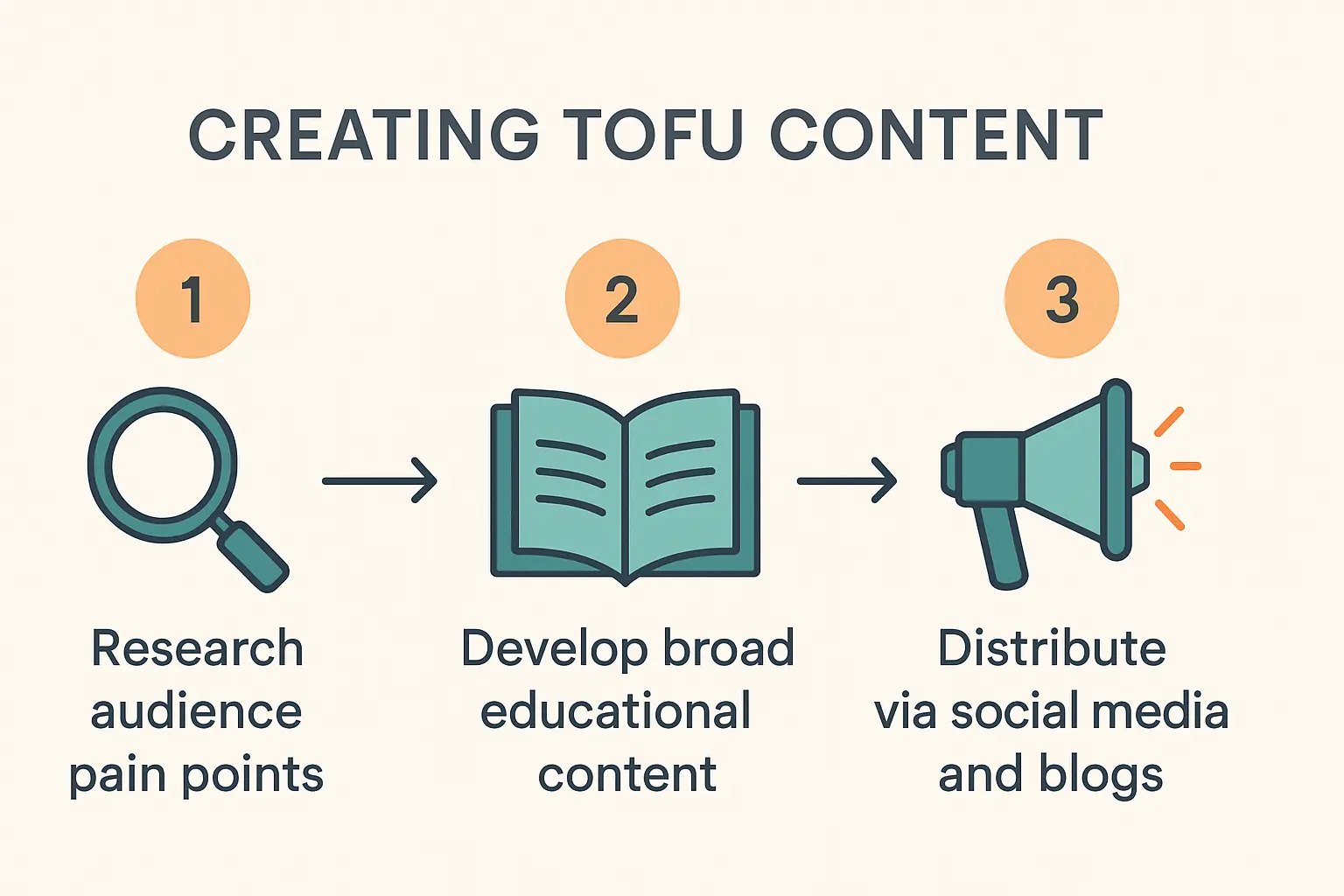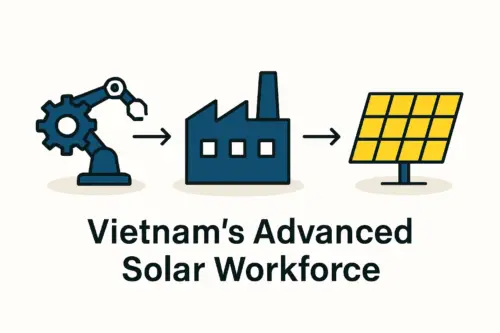An investor, attracted by Vietnam’s rapid economic growth and strategic position in Southeast Asia, decides to build a new solar module factory there. This initial decision, however, quickly leads to a more complex question: Where exactly in Vietnam?
Should the facility be in the industrial heartland of the North, close to China’s vast supply chain, or in the bustling economic hub of the South, with its unparalleled logistics network? The choice is critical, as it will profoundly influence every aspect of the business—from production costs and supply chain efficiency to labor availability and export logistics. An informed decision requires a clear understanding of the distinct advantages and challenges each region presents.
The Strategic Importance of Location in Solar Manufacturing
Selecting a factory site is one of the most significant decisions an investor will make. In the solar industry, this choice is amplified by the specific demands of the solar panel manufacturing process. Key factors directly impacted by location include:
-
Supply Chain Proximity: The cost and reliability of sourcing raw materials like solar glass, aluminum frames, and junction boxes are critical.
-
Logistics Efficiency: Proximity to a major international seaport is essential for exporting finished modules and importing specialized equipment.
-
Labor Availability: Access to a skilled and semi-skilled workforce familiar with manufacturing processes is paramount.
-
Operating Costs: Land lease rates, labor wages, and utility costs can vary significantly between regions.
Understanding these variables is the first step toward building a resilient and profitable manufacturing operation.
A Tale of Two Regions: Northern Vietnam’s Industrial Heartland
Northern Vietnam, with its epicenter around Hanoi and the port city of Hai Phong, has become a major hub for high-tech manufacturing. The region has attracted significant foreign direct investment, particularly from global electronics giants like Samsung and LG.
Key Location Spotlight: Bac Ninh Province
Located just east of Hanoi, Bac Ninh is a prime example of the North’s industrial strength. It has consistently ranked among the top provinces for attracting foreign investment and offers well-developed infrastructure tailored to the needs of modern manufacturing.
Ready to make big Profits?
The solar Industry is Booming
WE HELP NEWCOMERS to the solar industry start their own solar module production line. Customers can make BIG PROFITS by selling modules and finding investors, without wasting money and time on things they don't need!
Advantages of the North
-
Proximity to China’s Supply Chain: The North’s primary strategic advantage is its land border with China. This allows for faster, more cost-effective sourcing of essential raw materials and components, reducing lead times and transportation costs.
-
Established High-Tech Ecosystem: The presence of major electronics manufacturers has cultivated a regional workforce experienced in precision assembly and quality control—skills highly transferable to solar module production.
-
Logistics and Port Access: The Lach Huyen deep-water port in Hai Phong provides a modern and efficient gateway for exporting finished goods to international markets.

Potential Considerations in the North
The concentration of major international companies creates a competitive labor market, which can increase wage costs for skilled technicians and engineers. Investors must be prepared to offer competitive compensation packages to attract and retain top talent.
The Economic Powerhouse: Southern Vietnam’s Manufacturing Hub
The South, centered around Ho Chi Minh City (HCMC) and its surrounding provinces, is Vietnam’s traditional economic engine. It boasts a more diversified industrial base and the country’s most extensive logistics network.
Key Location Spotlight: Binh Duong Province
Immediately north of HCMC, Binh Duong is a leader in industrial development. The province is known for its well-organized industrial parks, streamlined administrative procedures, and a proactive approach to supporting foreign investors.
Advantages of the South
-
Superior Logistics Infrastructure: The South is home to the Port of Saigon and its bustling Cat Lai Terminal—the largest and most modern container terminal in Vietnam—providing unparalleled connectivity for global shipping routes.
-
Large and Diverse Labor Pool: As the country’s main commercial center, the HCMC region attracts large numbers of migrant workers from across Vietnam, ensuring a deep and flexible labor pool for various manufacturing roles.
-
Robust Supporting Industries: The South has a more developed domestic network of suppliers for ancillary services, packaging, and maintenance, which improves operational resilience.

Potential Considerations in the South
While the infrastructure is excellent, rapid development has led to significant traffic congestion in and around HCMC that can impact supply chain timelines. Land and labor costs in prime locations near the city can also be higher than in the North. A comprehensive solar factory investment analysis must account for these regional cost differences.
A Comparative Framework for Decision-Making
Ultimately, the choice between North and South depends on an investor’s specific business strategy and priorities. The process of setting up a turnkey solar manufacturing line will be shaped significantly by this initial decision.
| Factor | Northern Vietnam (e.g., Bac Ninh) | Southern Vietnam (e.g., Binh Duong) | Strategic Implication |
|---|---|---|---|
| Raw Material Sourcing | Excellent, due to direct proximity to China’s industrial base. | Good, relies more on sea freight and a growing domestic supply chain. | The North may offer lower costs for imported Chinese components. |
| Labor Pool | Skilled in high-tech electronics; can be competitive. | Larger and more diverse; strong general manufacturing experience. | The South may offer more flexibility in scaling the workforce. |
| Export Logistics | Strong, with modern deep-water port access in Hai Phong. | Excellent, with the country’s largest and busiest port network in HCMC. | The South offers more shipping lines and scheduling options. |
| Government Support | Strong focus on attracting high-tech industries with targeted incentives. | Well-established reputation for being pro-business and efficient. | Due diligence is required for specific industrial zone incentives in both regions. |
Based on experience from J.v.G. Technology turnkey projects, the final decision often hinges on a detailed analysis of the bill of materials. If a significant portion of components for the list of machines for solar panel production and raw materials are sourced from China, the North presents a compelling case. If, however, the primary export markets are in the Americas or Europe and workforce scalability is a priority, the South holds a strong advantage.

FAQ: Key Questions for Site Selection in Vietnam
What is the role of Industrial Zones (IZs)?
Industrial Zones are designated areas with pre-built infrastructure like roads, power, and water. They often offer tax incentives and streamlined administrative support. Locating within an IZ is highly recommended as it simplifies the setup process considerably.
How important is proximity to a major port?
It’s absolutely critical. For an export-focused business, port proximity directly impacts shipping costs and delivery times. An inland location may appear cheaper but can incur substantial domestic transportation costs that erode profitability.
What are the main challenges when setting up a factory in Vietnam?
Navigating Vietnam’s legal and administrative framework can be complex for new investors, which makes working with experienced local partners or consultants essential. Additionally, ensuring that final products meet international standards for solar module certification is a key challenge that requires careful planning from day one.
Does the Vietnamese government support solar manufacturing?
Yes, the government’s Power Development Plan 8 (PDP8) strongly emphasizes renewable energy. This national strategy translates into favorable policies and support for foreign direct investment in the solar manufacturing sector.
The decision between Northern and Southern Vietnam is a strategic one with no single correct answer. Each region offers a powerful value proposition, and the optimal choice depends on a thorough evaluation of an investor’s business model, supply chain strategy, and target export markets. A careful analysis of these factors will lay the foundation for a successful and competitive solar manufacturing enterprise in one of Asia’s most dynamic economies.






